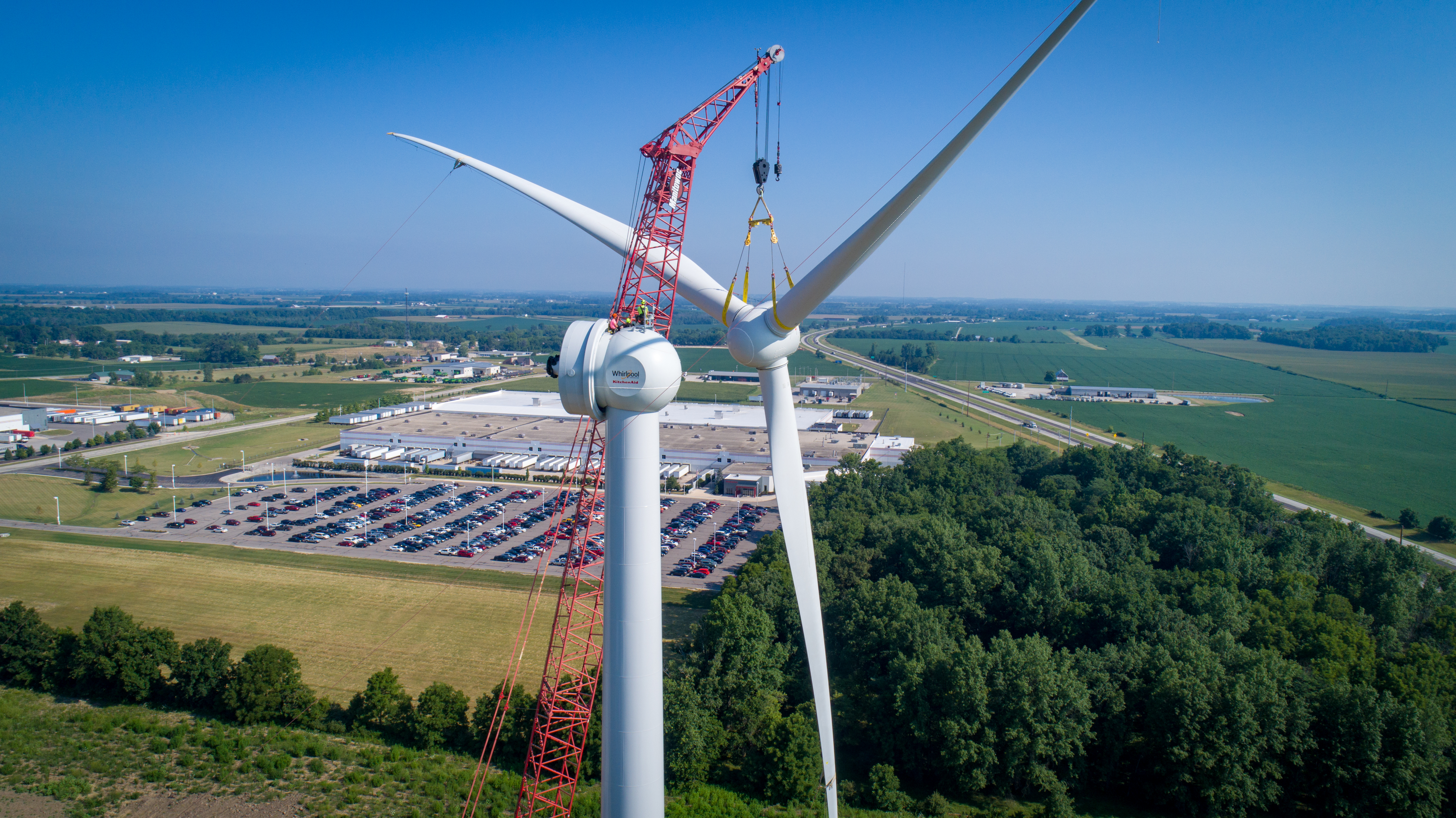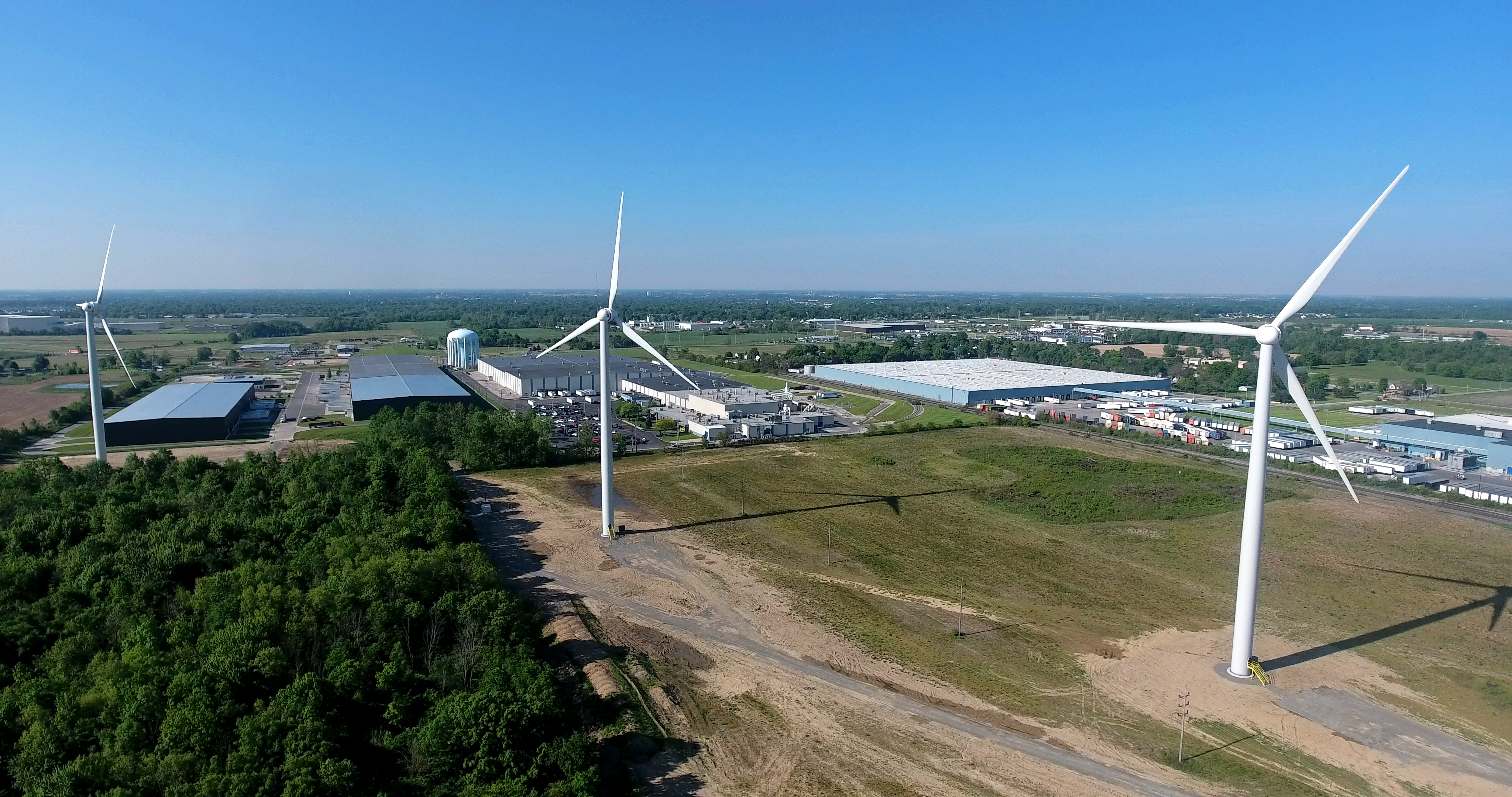SITE PATH
ONE POWER FEED

SUBSCRIBE
CONNECT WITH US
News Filters

Company loyalty is not a completely antiquated concept. In today’s world, with it becoming increasingly common for young professionals to change jobs frequently, company loyalty might seem like yesterday’s news. Sure, companies put significant emphasis on employee retention, but retention and loyalty are not the same thing, especially in a growing business. You can retain employees by putting in a moderate effort to keep them happy, but that should be the baseline standard, not the main objective. A company’s objective should be to create an environment where employees are inspired to work harder, to feel invested in the common goal, and to strive for the success of the group as well as their own. Company loyalty can still thrive – but only if conscious decisions are made to get there.
To foster team loyalty, a company must go the extra mile. It is exceedingly rare to gain a loyal team with nothing more than a rally cry – believing in the business plan can only go so far. Loyalty needs to be a two-way street. Businesses must take actions, both large and small, to prove to their employees that they are valued, that their work is important, and that they are an essential part of the company. When an employee feels loyalty from their employer, it’s easier for that employee to return it tenfold. If you expect your employees to go out of their way for the company, you must go out of your way for them.
As an executive at an industrial power company and a military spouse, I’ve realized over the years that businesses can learn an important lesson in generating loyalty from the Unites States Armed Forces. A military life is not an easy one. So much is demanded of our service members and their families. Yet for the last 4 years, the Army has had a reenlistment rate of more than 80% – well past its goal. If there is one group of people that knows a thing or two about the benefits of a unified and devoted front, it’s them.
There are many reasons for the loyalty seen within our military (the largest of course is fighting for a just cause). But one answer I’ve found applicable to the business world is the military’s celebration of wins. In recent years, I have attended numerous elaborate graduation and promotion ceremonies. The time and effort put forth celebrating accomplishments I found peculiar and quite possibly overkill when I first entered the military world. Now, I view them as absolutely necessary to the mission. The pomp and circumstance directly correlate to troop morale, and thus loyalty.
So how can this be adapted for the business world? Should we host galas when an employee is promoted from Field Engineer I to Field Engineer II? Probably not. (After all, the sacrifices of our men and women in uniform are far greater than anything seen in the business world.) But we should take steps to acknowledge the accomplishments of our employees whenever we can.
Whether it’s thoughtful handwritten cards, attending weddings, recognizing promotions, or creating a lighthearted point system to acknowledge daily accomplishments, we must do more if we expect more. We need to treat celebration with the seriousness that we treat deadlines and profit margins. Prioritizing celebrations and rebuking the “nickel and dime” mentality are a couple small actions that One Energy has taken down this path. Loyalty is earned. It can’t be taught or simply expected from any team. If we hope to grow an inspired team, we as executives must create a little more pomp and circumstance within our ranks.
Jessica Grosso is the Head of Project Planning and Technology at One Energy.

When temperatures drop, One Energy takes steps to ensure our heavy equipment and fleet of service vehicles are ready for winter.
In this Technician Talk, we check in with One Energy Mechanic Brad Crace. Brad shares a variety of advice for winterizing equipment, walking viewers through steps and tools that come in handy when prepping for cold weather.
To catch future Technician Talks, subscribe to our You Tube channel!

Why do objects fall? What keeps our feet planted on the ground? Well, it’s much more complicated than it seems!
This episode of Science Shorts explores the world of gravity. Join us as we explain the findings of Sir Isaac Newton and Albert Einstein; we’ll also learn how the attraction known as gravity acts upon a variety of objects.
How does gravity impact the ocean’s tides? Why does Earth orbit the sun? Watch this episode to find out.
View the video below, or watch and subscribe via our YouTube channel. And be sure to share this educational series on Facebook and Instagram!

After a long career of fighting fires, Doug Corwin joined One Energy to help harness the power of wind.
In today’s edition of Climb to the Top, find out how Doug went from being a firefighter, paramedic, and EMT instructor to One Energy’s Training & Facilities Manager. One Energy is committed to safety, quality, and continued learning – which means Doug has a lot on his plate!
Watch the video below to learn about Doug’s professional journey and why he credits his work ethic for his successful Climb to the Top.
Climb to the Top videos can also be found on our LinkedIn, Facebook, Instagram, and Twitter – and be sure to subscribe to our YouTube channel for more One Energy content.
It’s the end of the week and we’ve posted the latest Wind Study homework answers below – TGIF!
This week’s question (posted on Monday) asked how many turbines One Energy could install for a specific customer, based on siting parameters. We also wanted to know how much of the facility’s power would come from wind energy. (Download the questions here.)
See how you did and check your work – download this week’s Wind Study answers.
Note: we’re taking a short break on Wind Study content for the holidays – but we’ll be back with a whole new year of STEM-themed homework questions starting January 4. See you then! Follow us on Facebook and Twitter to never miss a post!

Historically in America, we haven’t liked monopolies very much. In the late 1800s and early 1900s, Congress passed the Sherman Antitrust Act and the Clayton Antitrust Act to bar monopolies in the United States. Those laws still exist today. In fact, last week the Federal Trade Commission and 48 state attorneys general sued Facebook alleging antitrust violations under these acts.
So, what’s the big deal? Why do we care so much about monopolies – and why has the U.S. done so much for more than a century to keep them out of our country?
Well, the big deal is that monopolies are toxic. They are toxic to consumers, they are toxic to the economy, and they are toxic to free markets. But to understand why, we need to dive deeper, to look at what a monopoly really is.
Broadly, monopolies are single companies in a market that operate to the exclusion of others. When a monopoly exists, they have no (or practically no) competition. The monopolist can charge any price they want, and we as consumers have to take it. They can supply inferior products, and we have to buy them. They can fail to innovate for decades, and there is nothing we can do about it. All of these issues are toxic for consumers and toxic for the economy. It’s easy to see why America isn’t a big fan.
Yet, despite this country’s distaste for and laws against these toxic practices, we still allow monopolies in an essential industry: electricity. Think about your electric provider. In most states, consumers have no (or virtually no) choice regarding who we buy electricity from. We can either find ways to produce power ourselves, or we buy from our utility. That’s because state governments have drawn geographic regions and given electric utilities the right to supply service to everyone in that area.
How is this legal? Well, state governments allow monopolies in the electricity context. And courts have found that this is legal. In order to make this legal and “okay,” states have established commissions and boards that regulate the type, quality, and price of services that these monopolies offer. This is supposed to protect customers from all the toxic effects of utilities. But let’s face it. No government process is perfect. And so, while these bodies are set up to eliminate (or at least quell) the toxic effects of these monopolies, there is only so much that can be done. A monopoly is going to monopolize. And they are going to keep doing it over, and over, and over again. No matter how toxic the effects.
So, whether you’re a household consumer or an enormous electricity user spending hundreds of millions of dollars on electricity every year, you largely have no choice when it comes to who provides you electricity, or how much you pay. You are a captive customer. And, in some places, utilities even argue you shouldn’t be able to produce your own electricity on site – or hire someone to do it for you.
That is why One Energy, and companies like it, are revolutionizing the electric industry. One Energy gives consumers the ability to generate their own electricity, and helps them understand what they can do to minimize costs and break free from being a captive customer. We are the antidote to the toxic monopoly. That mission is what drives One Energy every day.
Katie Treadway is the Head of Regulatory Affairs at One Energy.

This week’s Wind Views feature captures a rotor fly in action.
This event in the utility-scale wind turbine construction process involves lifting the rotor (three blades attached to a hub) more than 265 feet in the air, using a crane (such as the Manitowoc 16000 pictured here) and specialized rigging equipment.
The rigging One Energy uses for its Wind for Industry projects (the yellow parts attached below the crane hook and around the rotor blades) is specifically designed to not only lift a wind turbine rotor – but to lift this unique rotor design.
This photo was taken at a One Energy Wind for Industry project located in Greenville, Ohio. The three-turbine project directly powers a local manufacturing facility. Zoom in to see our technicians atop the nacelle!


This week, we need help with division and tables!
One Energy designs Wind for Industry projects so that our customers’ facilities are net consumers from the electric grid. This means that we size our projects to ensure the wind turbines do not produce more energy than the facility needs.
In this week’s Wind Study, use our sizing parameters to determine how many wind turbines we can install for a specific customer. We’ll also need to know how much of the facility’s energy will come from wind!
Download this week’s Wind Study Homework Question (and check back Friday for the answer!) This question can also be found on our Facebook and Twitter accounts.

We all know what wind is… or do we?
Wind is what makes the leaves rustle, and the hat fly off your head – but what is it, really? Why does it happen? And most importantly, how can we get energy from it?
Learn all about the phenomenon that is wind in today’s episode of Science Shorts! Jessie illustrates how wind is related to the sun, and how tiny air molecules can be powerful enough to move wind turbines and generate electricity – ultimately powering the facilities of One Energy’s customers!
View the video below, or watch and subscribe via our YouTube channel. And be sure to share this educational series on Facebook and Instagram!

Think you’ve got the right answer(s) to this week’s Wind Study? Let’s find out!
On Monday, we asked for help determining the “swept area” of a One Energy wind turbine rotor. We also needed assistance figuring out the tip speed of our turbine blades at a variety of RPMs (rotations per minute).
(If you haven’t read Monday’s question yet, you can view it here.) To check your answers, click the link below!
Download this week’s Wind Study Homework Answer
Pictured below is a One Energy Wind for Industry project located in Findlay, Ohio; the three turbines power a local manufacturing facility. Each turbine’s rotor (comprised of three blades and a hub) can be seen in the photo.

Check back on Monday for a new Wind Study question, which will be posted to our Facebook and Twitter accounts as well!


